The Essential Guide to Preventive Roof Maintenance

Maintaining your home's roof is crucial for ensuring the longevity and safety of your property. A well-maintained roof not only enhances the aesthetic appeal of your home but also provides essential protection against the elements. This article delves into preventive roof maintenance, offering practical tips and expert advice to help you keep your roof in top condition and avoid costly repairs down the line.
A roof acts as the first line of defense against harsh weather conditions, from heavy rain and snow to intense sun and wind. Neglecting roof maintenance can lead to a range of problems, including leaks, mold growth, and structural damage. These issues not only compromise the integrity of your home but can also result in expensive repair bills. By proactively maintaining your roof, you can identify and address minor issues before they escalate into significant problems, thereby extending the lifespan of your roof and ensuring the safety of your home.
Moreover, regular roof maintenance plays a critical role in energy efficiency. A well-maintained roof can improve insulation, helping to regulate indoor temperatures and reduce energy consumption. This is particularly important in regions with extreme weather variations, where maintaining a stable indoor environment can lead to significant energy savings. Ensuring that your roof is in good condition helps prevent heat loss during winter and keeps your home cooler during summer, enhancing overall comfort and reducing utility costs.
In addition to functional benefits, a well-maintained roof contributes to the curb appeal of your home. The roof is one of the most visible components of a house, and its condition can significantly impact the overall appearance and value of the property. Regular cleaning, repairs, and timely upgrades can keep your roof looking new and attractive, making a positive impression on visitors and potential buyers. Investing in preventive roof maintenance is not only a practical decision for the well-being of your home but also a wise financial investment in its long-term value and appeal.
The Importance of Regular Roof Inspections
Regular roof inspections are the cornerstone of preventive maintenance. By identifying and addressing minor issues early, you can prevent them from escalating into major problems. Aim to inspect your roof at least twice a year, ideally in the spring and fall, and after any severe weather events.
Key Points to Check During a Roof Inspection:
Shingles: Look for cracked, curled, or missing shingles. Damaged shingles can lead to leaks and water damage. Additionally, check for shingle granules in gutters, which can indicate wear and tear and suggest the shingles are nearing the end of their lifespan.
Flashing: Inspect the flashing around chimneys, vents, and skylights. Ensure it is intact and properly sealed to prevent water infiltration. Also, examine the flashing for rust or corrosion, which can weaken its effectiveness.
Gutters: Clear debris from gutters and downspouts to ensure proper drainage. Clogged gutters can cause water to back up and damage your roof and foundation. Make sure the gutters are securely attached to the house and check for any signs of sagging or pulling away from the structure.
Attic: Check the attic for signs of leaks, such as water stains, mold, or damp insulation. Proper ventilation in the attic is also crucial for maintaining a healthy roof. Inspect the attic insulation for signs of deterioration or compression, which can affect energy efficiency.
Roof Structure: Examine the roof's structure for any signs of sagging or unevenness, which could indicate underlying structural issues. Check for cracks or damage to the roof decking from within the attic, as these can compromise the roof's integrity.
Roof Vents: Inspect roof vents to ensure they are free of obstructions and functioning correctly. Proper ventilation helps regulate attic temperatures and prevents moisture buildup, which can lead to mold growth and rot.
Sealant and Caulk: Check the sealant and caulk around roof penetrations, such as vents, chimneys, and skylights. Look for signs of cracking or peeling, and reapply as necessary to maintain a watertight seal.
Roof Valleys: Examine roof valleys, where two roof planes meet, for debris buildup and signs of wear. Roof valleys are prone to leaks due to the increased volume of water flow they handle during rainstorms.
Eaves and Soffits: Inspect the eaves and soffits for signs of water damage, such as peeling paint, rot, or mold. Ensure that the soffit vents are clear and unobstructed to allow for proper attic ventilation
Drip Edge: Check the drip edge, the metal flashing installed along the roof's edges, to ensure it is secure and in good condition. The drip edge helps direct water away from the fascia and prevents water from getting under the roofing materials.
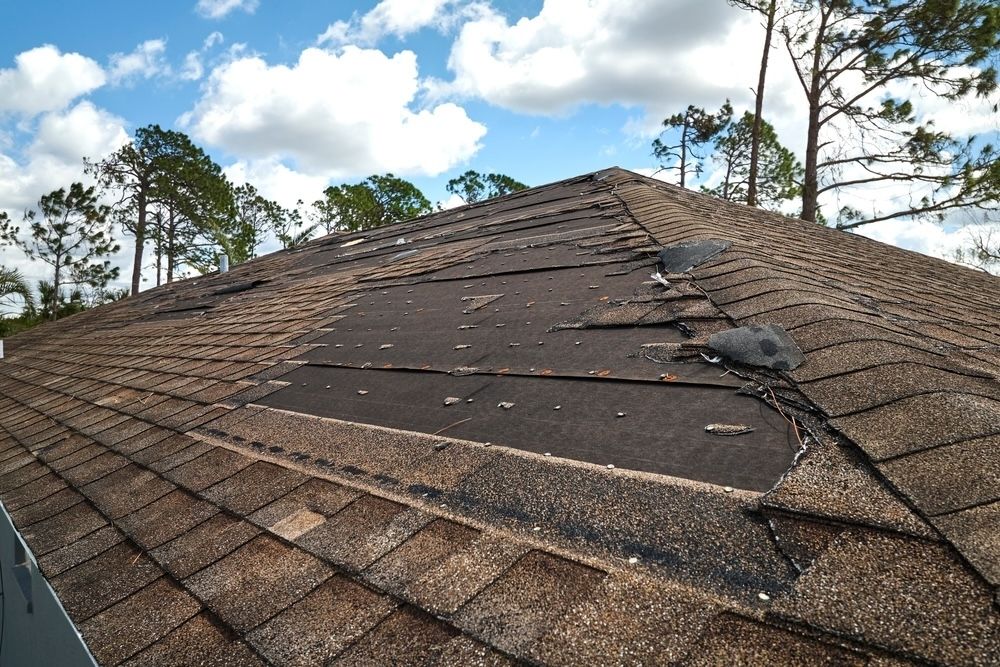
Routine Maintenance Tasks
In addition to regular inspections, performing routine maintenance tasks can significantly extend the lifespan of your roof. Here are some essential maintenance activities:
Clean Debris: Remove leaves, branches, and other debris from the roof surface. Debris can trap moisture and cause deterioration over time.
Trim Overhanging Branches: Trees with branches that overhang your roof can cause damage during storms. Trim these branches to reduce the risk of falling limbs.
Check for Algae and Moss: Algae and moss can grow on your roof, especially in shaded areas. Use a gentle cleaning solution to remove these growths and prevent them from causing damage.
Seal and Caulk: Inspect and reapply sealant or caulk around roof penetrations, such as vents and chimneys, to maintain a watertight seal.
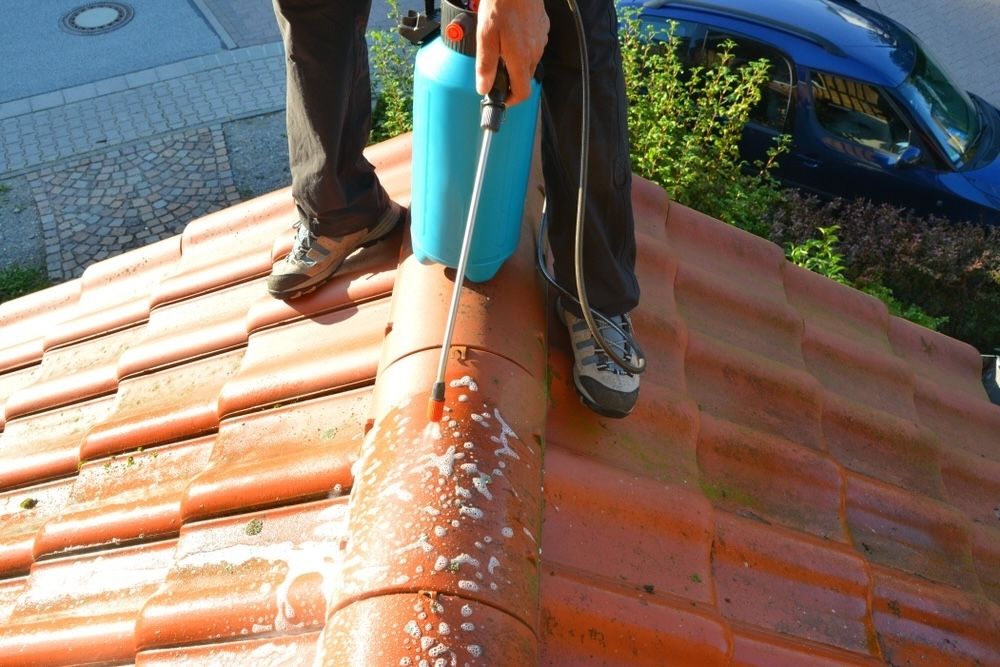
Addressing Common Roof Issues
Despite your best efforts, common roof issues can still arise. Knowing how to address these problems promptly can save you time and money.
Handling Leaks: If you discover a leak, act quickly to minimize damage. Identify the source of the leak and apply a temporary patch until a professional can perform a permanent repair.
Repairing Shingle Damage: Replacing damaged shingles is a straightforward task that can prevent water from penetrating your roof. Carefully remove the damaged shingle and replace it with a new one, ensuring it is securely attached.
Dealing with Ice Dams: In colder climates, ice dams can form along the edges of your roof. These dams prevent melting snow from draining, leading to water infiltration. Ensure your attic is well-insulated and ventilated to prevent ice dams from forming.
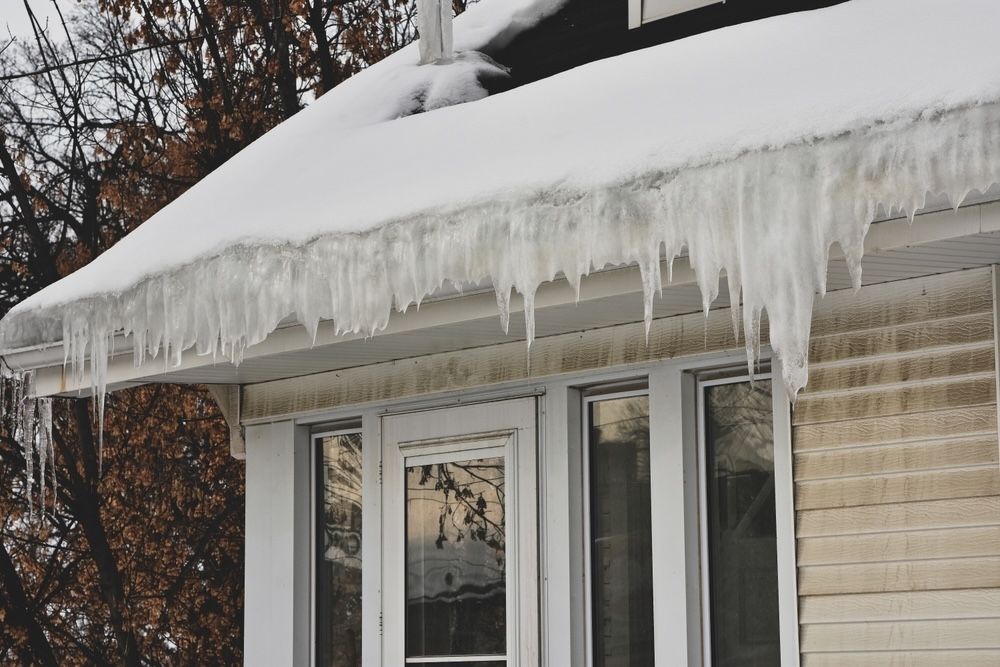
When to Call a Professional
While many maintenance tasks can be performed by homeowners, certain situations require professional intervention. Contact a roofing professional if you encounter:
Significant storm damage
Persistent leaks
Extensive shingle damage
Structural issues
Professional roofers have the expertise and equipment to handle complex repairs and ensure your roof remains in excellent condition.
Regulations for Roof Inspections in the United States, Canada, and the European Union
United States
In the United States, regular roof inspections are not mandated by federal law for residential properties. However, they are often required by insurance companies and during real estate transactions to assess the condition of the roof and identify necessary repairs. Additionally, after severe weather events, roof inspections are highly recommended to document damage for insurance claims and ensure structural integrity.
Canada
Similarly, in Canada, roof inspections are not legally compulsory for homeowners but are essential for maintaining building safety and compliance with local building codes. For commercial properties and multi-residential buildings, regular roof inspections can be part of broader safety protocols, ensuring adherence to occupational health and safety standards. Inspections are also crucial after extreme weather to identify potential damage and facilitate insurance claims.
European Union
In the European Union, the Energy Performance of Buildings Directive (EPBD) emphasizes the importance of building inspections related to energy performance, although it does not specifically mandate roof inspections. Member states are required to implement systems for inspecting heating and air-conditioning systems, reflecting the broader need for maintaining building systems to enhance energy efficiency and safety. National building codes in various EU countries may require roof inspections as part of compliance with local standards, especially for commercial and multi-residential properties.
Endnotes
Preventive roof maintenance is an investment in the longevity and safety of your home. By conducting regular inspections, performing routine maintenance, and addressing issues promptly, you can protect your roof from damage and avoid costly repairs. Whether you're a seasoned DIY enthusiast or new to home maintenance, these tips will help you keep your roof in peak condition, providing peace of mind and saving you money in the long run.
Check more articles on our blog
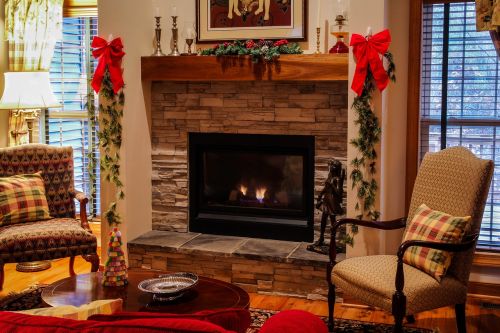
8 Fireplace Maintenance Tips to Keep Your Home Environment Healthy
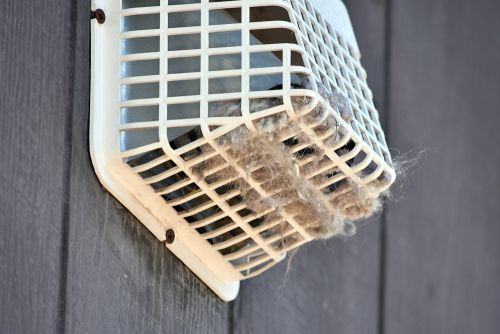
The Importance of Cleaning Your Dryer Vent: An In-Depth Guide

The Essential Guide to Preventive Roof Maintenance
